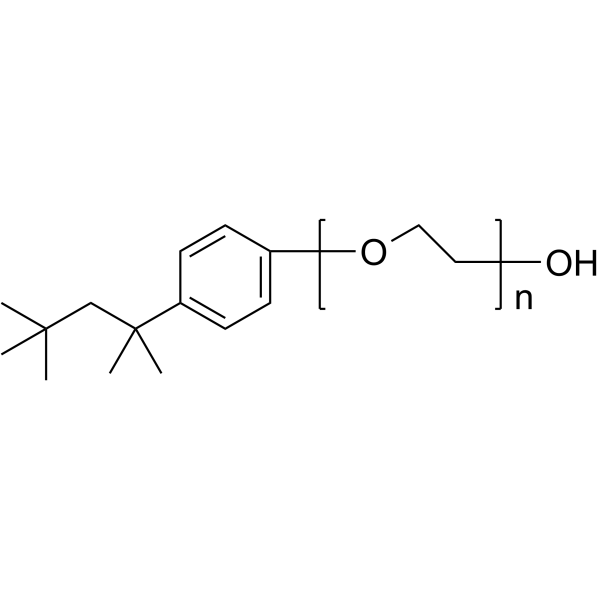| Structure | Name/CAS No. | Articles |
|---|---|---|
 |
Triton X-100
CAS:9002-93-1 |
|
 |
TMRM Perchlorate
CAS:115532-50-8 |
|
 |
DAF-FM DA
CAS:254109-22-3 |